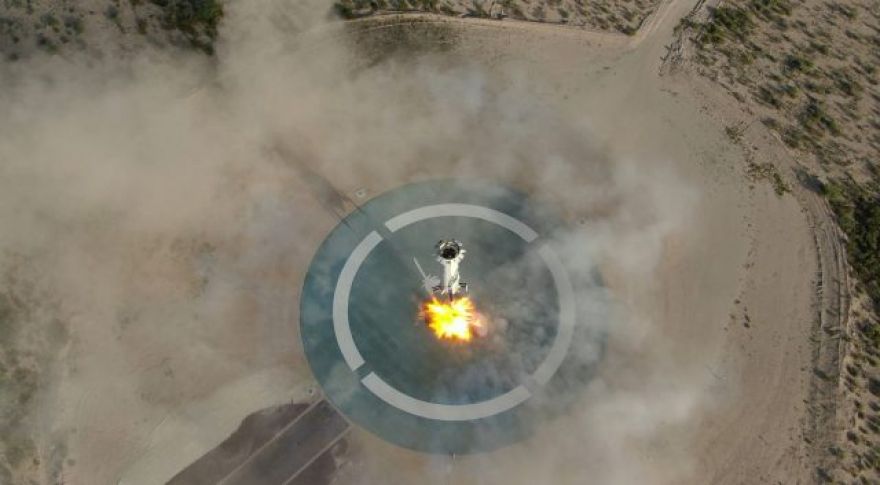
NASA Will Test Autonomous Landing System on New Shepard Rocket
The margin for error in space exploration is tiny. Even an unassuming rock or a bit of sloped terrain can topple a robotic explorer, and what if there’s no one within millions of miles to flip it right-side-up again? NASA is called Safe and Precise Landing – Integrated Capabilities Evolution (SPLICE), and it’s getting ready to test several of its core technologies with the help of a Blue Origin New Shepard rocket.
The problem with landing spacecraft on distant celestial objects is that, well, they’re distant. You can’t control a descent and landing in real-time if the target is several light minutes away — the lander would be toast before your commands ever got there.
NASA often has to choose landing zones based on safety concerns. The team operating a lander might prefer to land near that cool crater or rocky outcropping, but that could spell doom for the mission. SPLICE could enable spacecraft to land in much more challenging and interesting locations. NASA hopes to build SPLICE into future robotic and crewed missions, but first, it has to test the technology. The upcoming New Shepard launch will help with that, but only three of the four SPLICE features will be included at first; the hazard detection lidar will be tested at a later date.
Following the launch, the New Shepard rocket will head up to the edge of the atmosphere. On its trip back to the ground, the rocket will activate its SPLICE components in the same way they’d be used on a real mission. The terrain relative navigation system uses stored image data of the surface to identify features on the surface during descent. Then, the Doppler lidar will bounce signals off the ground, telling the lander exactly where it’s headed and how quickly.
All the data from the sensors feeds into the enhanced landing computer, which uses new algorithms to identity suitable landing zones in real-time. Although, the version of the computer flying on the New Shepard is just a stand-in. The SPLICE computing hardware is still in development — anything you send into space has to be incredibly reliable and hardened against radiation. So, that’ll take time.
If SPLICE performs as expected in the test, NASA can begin finalizing the design and working toward integrating it with future missions. Then maybe landing those irreplaceable, multi-million-dollar robots won’t be quite so stressful.
Now read: